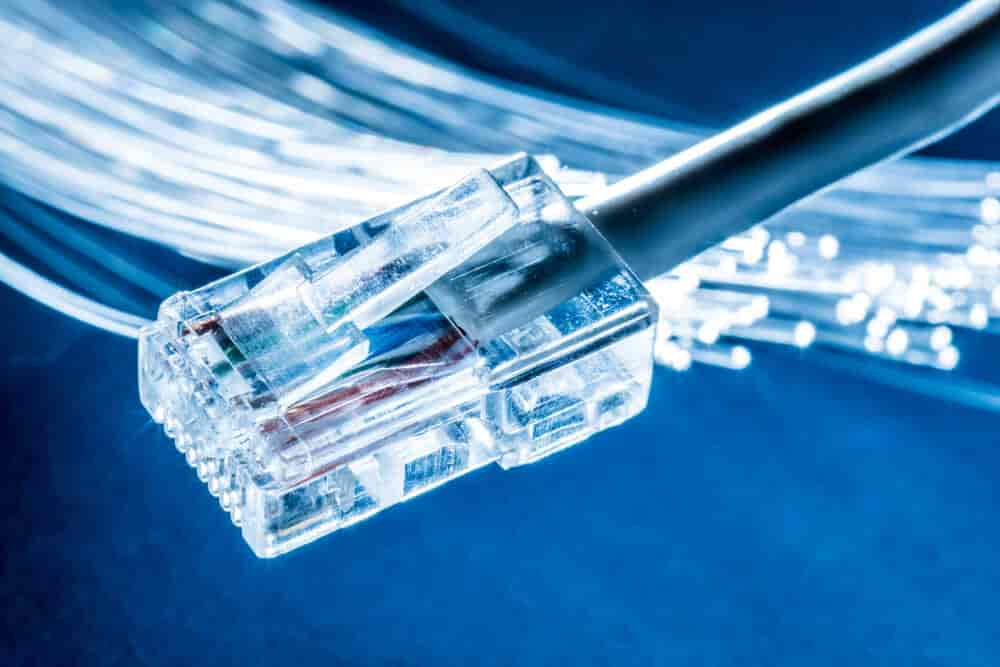Beginner’s Guide: Learn More About Fiber Optic Cable Assembly Manufacturers
Fiber optic cable assembly refers to the manufacturing and configuration of fiber optic cables and connectors used to transmit data using light signals. These cables are essential in high-speed communication systems such as internet infrastructure, medical imaging, defense systems, and industrial automation.
Manufacturers of fiber optic cable assemblies design and produce cables that meet specific performance, durability, and environmental standards. These products are tailored for various uses — from telecom networks to aerospace applications — and can include simple patch cords or complex harnesses for data centers.
The field exists because standard cables often can’t meet the performance or environmental needs of advanced systems. As fiber optics replace traditional copper wires in many technologies, the role of specialized manufacturers has become more prominent.
Why Fiber Optic Cable Assembly Manufacturing Matters
Meeting Modern Communication Demands
Today’s global economy relies on fast, reliable data transfer. From streaming media to stock market transactions, latency and bandwidth are critical. Fiber optic cable assemblies enable:
High-speed internet through long-distance backbone networks
5G deployment, which requires dense, low-latency networks
Smart cities with interconnected sensors and systems
Secure communications in government and defense
Without precise, high-quality assemblies, data transmission could suffer from signal loss, interference, or complete failure.

Who Depends on These Manufacturers?
Telecommunication providers: Need robust assemblies for underground, underwater, and aerial networks.
Data centers: Require thousands of patch cords and connectors, built to exact specifications.
Medical equipment makers: Use fiber optics in imaging, diagnostics, and surgery.
Industrial automation companies: Deploy fiber in harsh environments where EMI (electromagnetic interference) is a risk.
Aerospace and defense organizations: Rely on rugged, lightweight, and secure assemblies for avionics and battlefield communications.
Problems Fiber Optic Assemblies Solve
Signal degradation: Proper assemblies reduce insertion loss and ensure optimal data transmission.
Environmental exposure: Custom jackets and connector housings resist chemicals, moisture, and temperature extremes.
Space constraints: Precision assemblies are made to fit tight spaces with strict bend radius limitations.
What’s New in Industry Updates and Trends
The fiber optic cable assembly sector is evolving in response to technology demands and global events.
Key Developments
1. AI and Cloud Expansion
The rise of AI-driven systems and cloud services in 2024 is pushing data centers to expand rapidly. This has increased demand for high-density fiber optic assemblies with low insertion loss.
2. Growth in Edge Computing
Edge networks bring computing closer to users, requiring short, high-performance connections. Compact fiber assemblies are crucial for these deployments.
3. Advancements in Connector Technology
New types of connectors, such as MPO/MTP (multi-fiber push-on), are becoming standard in high-speed data transmission, replacing traditional LC/SC connectors.
4. Sustainability Efforts
More manufacturers are focusing on recyclable materials and green packaging, aligning with global environmental goals.
5. Geopolitical Influence
Supply chain disruptions in 2024 led companies to diversify sourcing and relocate production. Domestic fiber assembly operations grew in the U.S., India, and parts of Europe.
Legal and Policy Landscape
The fiber optic industry is influenced by both national and international regulations related to telecommunications, safety, and trade. Here’s how laws impact manufacturers and users:
Standards and Certifications
Most manufacturers must follow industry standards such as:
TIA/EIA-568: Structured cabling performance standards.
IEC 61754: International standard for fiber optic connector interfaces.
RoHS/REACH: Limits on hazardous substances in cables (Europe).
Tools, Resources, and Services
Understanding and working with fiber optic assemblies can be complex. Here are tools and platforms that help businesses and individuals:
Design and Planning Tools
Fitel S123M12 Splice Calculator: For estimating fusion splicing and alignment loss.
Corning Configurator Tool – www.corning.com: Helps users select connectors and assemblies based on application.
VIAVI FiberChek: Smartphone-compatible inspection tool for fiber cleanliness.
Technical Resources and Learning
The FOA (Fiber Optic Association) – www.thefoa.org
Offers free tutorials, certifications, and design guides.
Lightwave Magazine – www.lightwaveonline.com
Industry updates, interviews, and fiber optic deployment trends.
BICSI Standards Library – For best practices in telecom infrastructure cabling.
Supplier Platforms
Fiber Optic Marketplace – Online platform for comparing cable assembly quotes.
Alibaba & IndiaMART – For international and local sourcing of fiber cable assemblies.
UL Listed Product Database – Check compliance of fiber optic components.
Frequently Asked Questions (FAQs)
Q1: What is a fiber optic cable assembly?
A: It is a pre-terminated fiber optic cable with connectors on one or both ends, used to establish a connection between two points in a network. Assemblies ensure reliable transmission of light signals for high-speed data.
Q2: Are all fiber connectors the same?
A: No. Common types include LC, SC, ST, FC, and MPO/MTP. The choice depends on bandwidth needs, connection type (single-mode or multimode), and density requirements.
Q3: How are fiber optic assemblies tested?
A: Assemblies are tested for:
Insertion Loss (IL) – Signal loss when passing through a connection.
Return Loss (RL) – Reflection of signal back to the source.
Polarity – Correct alignment of transmit and receive signals.
Certifications such as ISO 9001 and Telcordia GR standards may also be applied.
Q4: Can fiber optic assemblies be used outdoors?
A: Yes. Outdoor-rated assemblies include protective jackets against UV, moisture, temperature extremes, and rodent damage. Look for labels like "OSP-rated" (Outside Plant).
Q5: How long do fiber optic cable assemblies last?
A: With proper installation and protection, they can last 20–25 years. Durability depends on factors like bend radius, environment, and mechanical stress.
Final Thoughts
Fiber optic cable assembly manufacturers play a crucial role in enabling the digital infrastructure that supports modern life. From cloud computing and healthcare to education and defense, the precision and quality of these components directly impact performance, safety, and scalability.
As technology advances and networks grow more complex, understanding the function, regulation, and tools related to fiber assemblies becomes increasingly important — not just for engineers but for businesses, policymakers, and end-users alike.
Practical Tip: Whether you're managing a telecom project, upgrading a data center, or exploring a career in fiber optics, start by learning the basics of cable types, connectors, and compliance standards — then look for certified manufacturers that align with your application needs